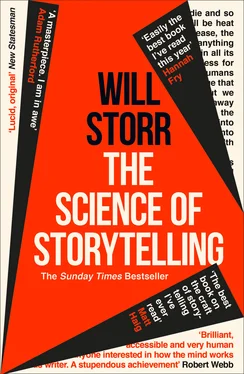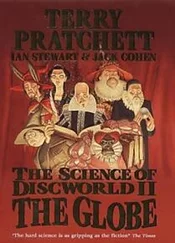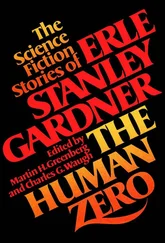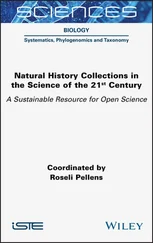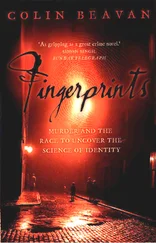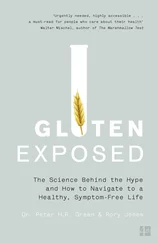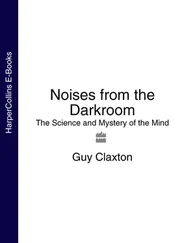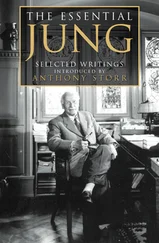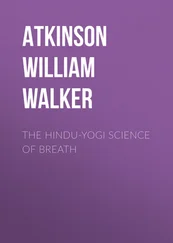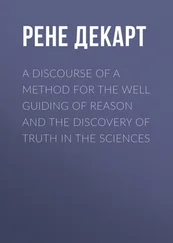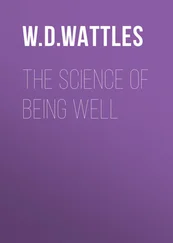This book has an unusual genesis in that it’s based on a storytelling course that is, in turn, based on research I’ve carried out for various books. My interest in the science of storytelling began about a decade ago when I was working on my second book, The Heretics , which was an investigation into the psychology of belief. I wanted to find out how intelligent people end up believing crazy things. The answer I found was that, if we’re psychologically healthy, our brain makes us feel as if we’re the moral heroes at the centre of the unfolding plots of our lives. Any ‘facts’ it comes across tend to be subordinate to that story. If these ‘facts’ flatter our heroic sense of ourselves, we’re likely to credulously accept them, no matter how smart we think we are. If they don’t, our minds will tend to find some crafty way of rejecting them. The Heretics was my introduction to the idea of the brain as a storyteller. It not only changed the way I saw myself, it changed the way I saw the world.
It also changed the way I thought about my writing. As I was researching The Heretics , I also happened to be working on my first novel. Having struggled with fiction for years I’d finally buckled and bought a selection of traditional ‘how-to’ guides. Reading through them, I noticed something odd. Some of the things the story theorists were saying about narrative were strikingly similar to what the psychologists and neuroscientists I’d been interviewing had been telling me about brain and mind. The storytellers and the scientists had started off in completely different places and had ended up discovering the same things.
As I continued my research, for subsequent books, I continued making these connections. I started to wonder if it might be possible to join the two fields up and thereby improve my own storytelling. That ultimately led to my starting a science-based course for writers which turned out to be unexpectedly successful. Being faced regularly with roomfuls of extremely smart authors, journalists and screenwriters pushed me to deepen my investigations. Soon, I realised I had about enough stuff to fill a short book.
My hope is that what follows will be of interest to anyone curious about the science of the human condition, even if they have little practical interest in storytelling. But it’s also for the storytellers. The challenge any of us faces is that of grabbing and keeping the attention of other people’s brains. I’m convinced we can all become better at what we do by finding out a bit about how they work.
This is an approach that stands in contrast to more traditional attempts at decoding story. These typically involve scholars comparing successful stories or traditional myths from around the world and working out what they have in common. From such techniques come predefined plots that put narrative events in a sequence, like a recipe. The most influential of these is undoubtedly Joseph Campbell’s ‘Monomyth’, which, in its full form, has seventeen parts that track the phases of a hero’s journey from their initial ‘call to adventure’ onwards.
Such plot structures have been hugely successful. They’ve drawn crowds of millions and dollars by the billion. They’ve led to an industrial revolution in yarn-spinning that’s especially evident in cinema and long-form television. Some examples, such as the Campbell-inspired Star Wars: A New Hope , are wonderful. But too many more are Mars Bar stories, cold, corporate and seemingly cooked up by committee.
For me, the problem with the traditional approach is that it’s led to a preoccupation with these structural recipes. It’s easy to see why this has happened. Often the search has been for the One True Story – the ultimate, perfect plot structure by which every tale can be judged. And how are you going to describe that if not by dissecting it into its various movements?
A journey into the science of storytelling reveals the truth of such recipes. Most turn out to be just variations on the standard five-act plot which is successful not because of some secret cosmic truth, or any universal law of storytelling, but because it’s the neatest way of showing deep character change. It’s simple, efficient and relentless – perfectly tooled to capture the attention of masses of brains.
I suspect it’s this belief in plot as a magic formula that’s responsible for the clinical feel from which modern stories sometimes suffer. But a plot can never work in isolation. This is why I believe the focus on plot should be shifted onto character. It’s people , not events, that we’re naturally interested in. It’s the plight of specific, flawed and fascinating individuals that makes us cheer, weep and ram our heads into the sofa cushion. The surface events of the plot are critical, of course, and its structure ought to be present, functional and disciplined. But it’s only there to support its cast.
While there are general structural principles, and a clutch of basic story shapes which are valuable to understand, trying to dictate obligatory dos and don’ts is probably a mistake.
There are many things that attract and hold the attention of brains. Storytellers engage a number of neural processes that evolved for a variety of reasons and are waiting to be played like instruments in an orchestra: moral outrage, unexpected change, status play, specificity, curiosity, and so on. By understanding them, we can more easily create stories that are gripping, profound, emotional and original.
This, I hope, is an approach that will prove more creatively freeing. One benefit of understanding the science of storytelling is that it illuminates the ‘whys’ behind the ‘rules’ we’re commonly given. Such knowledge should be empowering. Knowing why the rules are the rules means we know how to break them intelligently and successfully.
But none of this is to say we should disregard what story theorists such as Campbell have discovered. On the contrary. Many popular storytelling books contain brilliant insights about narrative and human nature that science has only recently caught up with. I quote a number of their authors in these pages. I’m not even arguing that we should ignore their valuable plot designs – they can easily be used to complement this book. It’s really just a question of emphasis. I believe that compelling, profound and original plots are more likely to emerge from character than from a bullet-pointed list. And the best way to create characters that are rich and true and full of narrative surprise is to find out how characters operate in real life – and that means turning to science.
I’ve tried to write the storytelling book I wish I’d had, back when I was working on my novel. I wanted to balance The Science of Storytelling in such a way that it’s of practical use without killing the creative spirit by issuing lists of ‘You Musts’. I agree with the novelist and teacher of creative writing John Gardner, who argues that ‘most supposed aesthetic absolutes prove relative under pressure’. If you’re embarking on a storytelling project, I’d suggest you view what follows not as a series of obligations, but as weapons you can choose if and how to deploy. I’ve also outlined a practice that’s proved successful in my classes over the years. The ‘Sacred Flaw Approach’ is a character-first process, an attempt to create a story that mimics the various ways a brain creates a life, and which therefore feels true and fresh, and comes pre-loaded with potential drama.
This book is divided into four chapters, each of which explores a different layer of storytelling. To begin, we’ll examine how storytellers and brains create the vivid worlds they exist within. Next, we’ll encounter the flawed protagonist at the centre of that world. Then we’ll dive into that person’s subconscious, revealing the hidden struggles and wills that make human life so strange and difficult, and the stories we tell about it so compelling, unexpected and emotional. Finally, we’ll be looking at the meaning and purpose of story and taking a fresh look at plots and endings.
Читать дальше
